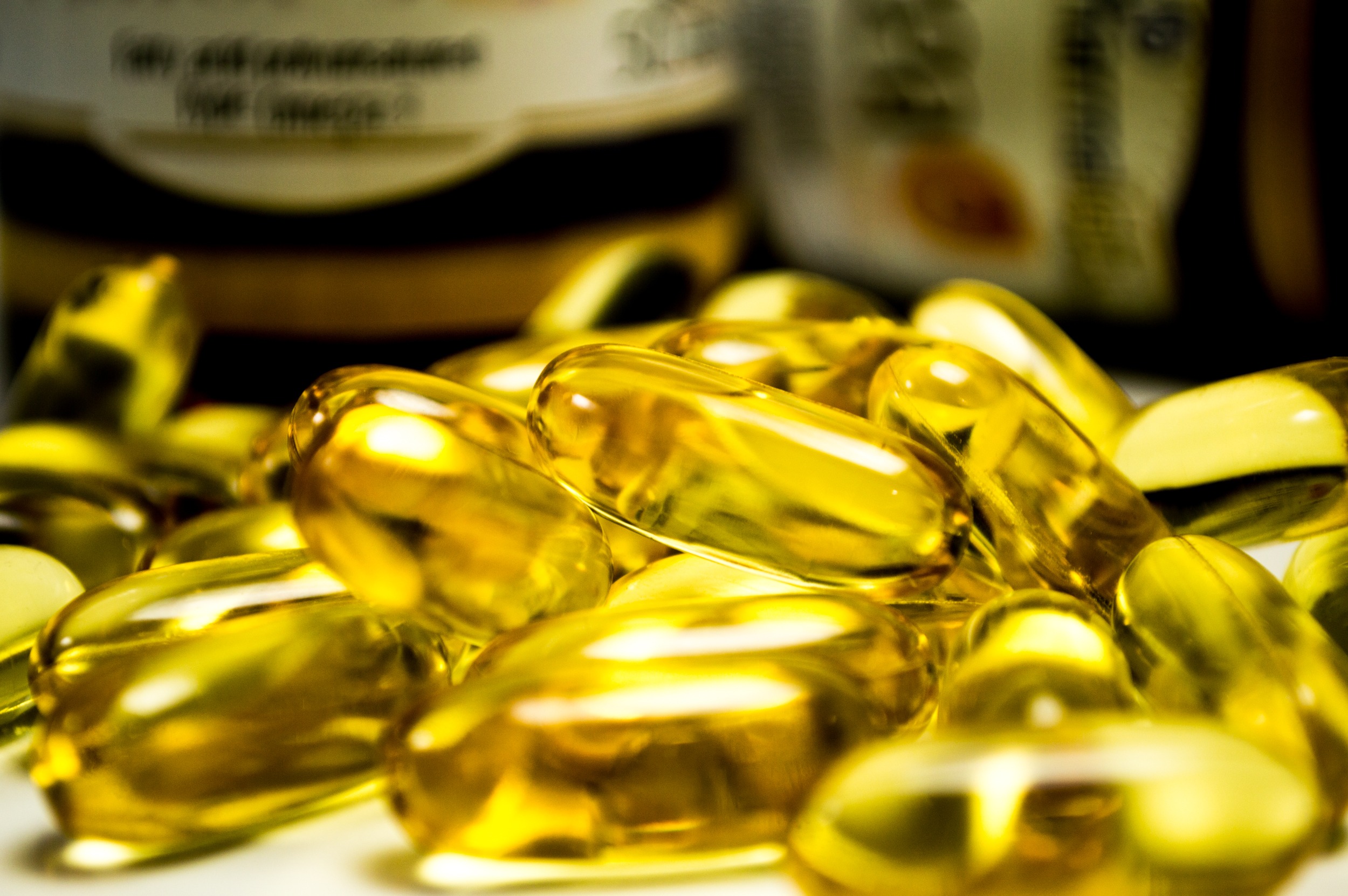
Key Takeaways
-
Omega 3 fatty acids are crucial for maintaining healthy skin, especially for those with diabetes.
-
Diabetic skin is prone to dryness and injury, making it essential to adopt specialized skincare routines.
-
Studies have shown that omega 3 can aid in wound healing and reducing inflammation in diabetic skin.
-
Incorporating omega 3 into your skincare can be done through diet, supplements, and topical treatments.
-
Omega 3 hydrotherapy is an innovative approach to enhance skin wellness for diabetes sufferers.
When it comes to managing diabetes, there’s a lot more to consider than just keeping blood sugar levels in check. Your skin, the body’s largest organ, needs special attention too. That’s because diabetes can make your skin dry, itchy, and prone to infections. But here’s some good news: omega 3 fatty acids, which you might know as the good fats found in fish, have some pretty impressive benefits for your skin. Let’s dive into why they’re so important and how they can help keep your skin healthy.
The Vital Role of Omega 3 in Diabetic Skin Health

Most importantly, you should understand that omega 3 fatty acids are not just another health fad. These nutrients are essential, meaning your body can’t make them, and they play a key role in maintaining the structure and function of your skin. For those managing diabetes, omega 3s can be particularly beneficial because they help combat the inflammation and slow healing that often accompany the condition.
Understanding Omega 3 and Its Impact on the Skin
Omega 3 fatty acids, found in high concentrations in fish oil, flaxseeds, and walnuts, are vital for maintaining the health of cell membranes, which includes your skin cells. Healthy cell membranes mean your skin can hold water better, leading to more hydrated, softer, and more elastic skin. Plus, omega 3s have anti-inflammatory properties, which is great news because inflammation can lead to a bunch of skin problems.
Why Diabetic Skin Needs Extra Care
Now, if you’re dealing with diabetes, your skin is already sending you an SOS signal. High blood sugar can cause your skin to lose moisture, leading to dryness and cracking, which opens the door to infections. That’s why it’s super important to keep your skin hydrated and protected.
Another point to consider is that diabetes can slow down your healing process. So, if you get a cut or a sore, especially on your feet, it might not heal as quickly as it should, and that can lead to serious complications.
Evidence Supporting Omega 3 Benefits for Diabetics
Studies have shown that omega 3s can be particularly beneficial for those with diabetes. For instance, a trial found that using omega 3-rich fish skin on chronic diabetic foot ulcers helped the healing process. That’s because omega 3s can reduce inflammation and improve blood flow, which is essential for healing.
A multicenter, randomized controlled trial showed that treatment with omega-3-rich fish skin significantly improved the healing of chronic, nonresponsive diabetic foot ulcers compared to standard care.
With that in mind, let’s look at how you can get these omega 3 benefits into your skincare routine.
How Omega 3 Hydrotherapy Works to Improve Skin Wellness

Omega 3 hydrotherapy is an exciting new frontier for enhancing skin wellness, especially for those with diabetes. This innovative treatment combines the hydrating power of water with the skin-healing benefits of omega 3 fatty acids. It’s like giving your skin a double dose of goodness that can help manage the dryness and slow healing often seen in diabetic skin.
-
Hydrates the skin through water immersion, which can be therapeutic for dry, diabetic skin.
-
Delivers omega 3 fatty acids directly to the skin, which can help reduce inflammation and promote healing.
-
Can be customized with different omega 3 formulations for targeted skin issues.
So, how exactly does this work? Well, when you immerse yourself in water infused with omega 3s, your skin gets to soak up all that moisture and the fatty acids. This can help to repair the skin barrier, which is often compromised in diabetes, leading to improved hydration and reduced inflammation.
The Science Behind Hydrotherapy and Skin Repair
The science is pretty clear: water is one of the best hydrators out there, and when you combine it with omega 3s, you’re onto a winner. The omega 3 fatty acids work to restore the lipid barrier of the skin, which is crucial for keeping your skin hydrated and protected against irritants and infections.
Moreover, because diabetes can lead to poor circulation, hydrotherapy’s gentle pressure can help increase blood flow to your skin, providing it with the nutrients it needs to heal. Think of it as a workout for your skin cells, getting that blood pumping and bringing in a fresh supply of those all-important omega 3s.
Integrating Omega 3 Hydrotherapy into Diabetic Skincare
If you’re thinking about adding omega 3 hydrotherapy to your skincare routine, it’s best to chat with your healthcare provider first. They can guide you on how to integrate this treatment safely, especially if you have any open wounds or infections. Once you get the green light, you can start with sessions at a professional spa or a specialized clinic.
And if you’re wondering about the nitty-gritty details, like how long each session should last or how often you should do it, these are typically tailored to your individual needs. A professional can assess your skin’s condition and recommend a treatment plan that’s just right for you.
“After incorporating omega 3 hydrotherapy into my routine, I’ve noticed a significant improvement in the texture and hydration of my skin,” shares Jane, a diabetic patient who experienced chronic dryness before trying the treatment.
Let’s not forget the comfort factor. Omega 3 hydrotherapy is not only beneficial for your skin but also incredibly relaxing. It’s like a spa day for your skin, where you get to unwind while doing something great for your health.
Home Remedies vs. Professional Treatments
While professional treatments offer a high concentration of omega 3s and the expertise of skincare professionals, they might not be accessible or affordable for everyone. That’s where home remedies come in. You can create your own omega 3-rich baths by adding fish oil or flaxseed oil to your bathwater. It’s a simple and cost-effective way to reap some of the benefits of omega 3 hydrotherapy right in your own home.
However, keep in mind that professional treatments are usually more potent and provide a controlled environment, which can be especially important for those with severe skin issues. It’s all about finding the right balance and what works best for you and your skin.
Real-Life Success Stories: Omega 3 Hydrotherapy Impact on Diabetic Skin
Nothing speaks louder than real-life success stories. People with diabetes who have tried omega 3 hydrotherapy often report improvements in their skin’s appearance and overall health. Let’s take a look at some of these inspiring journeys.
Case Studies: Before and After
Take the case of Michael, a 58-year-old with type 2 diabetes. He struggled with dry, cracked heels that just wouldn’t heal. After six weeks of omega 3 hydrotherapy, not only did his heels start to heal, but his skin became softer and more resilient. His podiatrist was amazed by the progress.
Then there’s Sarah, who had persistent redness and inflammation on her arms. She was reluctant to try yet another treatment, but omega 3 hydrotherapy changed her mind. After several sessions, the redness subsided, and her skin felt less irritated.
Patient Testimonials: Personal Journeys to Healthier Skin
“I was skeptical at first, but omega 3 hydrotherapy has truly transformed my skin,” says Sarah. “It’s not just about looking better; it’s about feeling better and knowing that I’m taking care of my skin in a way that complements my diabetes management.”
And Michael agrees, “It’s been a game-changer for me. My feet are in the best shape they’ve been in years, and I feel more confident about managing my diabetes as a whole.”
These stories highlight the potential of omega 3 hydrotherapy as a powerful ally in diabetic skin wellness. It’s a testament to the fact that with the right care and treatments, you can maintain healthy skin, even when dealing with diabetes.
Frequently Asked Questions (FAQ)
1. How Often Should Omega 3 Hydrotherapy Be Used?
Like any therapy, the frequency of omega 3 hydrotherapy depends on individual needs and the specific skin issues being addressed. Generally, a weekly session is a good starting point, with adjustments made based on how your skin responds. It’s important to monitor your skin’s condition and discuss any changes with your healthcare provider, who can offer personalized advice.
2. Can Omega 3 Treatments Help Prevent Diabetic Skin Issues?
Absolutely. Omega 3 treatments, including hydrotherapy, can play a preventative role by maintaining healthy skin and reducing the likelihood of dryness, cracking, and infections. By strengthening the skin’s barrier and improving hydration, omega 3s help to fortify your skin against the common complications associated with diabetes.
3. Are There Any Risks Associated with Omega 3 Hydrotherapy?
Omega 3 hydrotherapy is generally considered safe, especially when performed under professional guidance. However, if you have allergies to fish or seafood, you should exercise caution and consult with your healthcare provider. Additionally, if you have open wounds or active skin infections, it’s best to wait until these have healed before undergoing hydrotherapy.
4. Is Omega 3 Hydrotherapy Covered by Insurance?
Coverage for omega 3 hydrotherapy varies depending on your insurance plan and the country you live in. While some insurers may cover therapies deemed medically necessary, others may not. It’s best to check with your insurance provider to understand your coverage details. If it’s not covered, consider discussing alternative, more affordable options with your healthcare provider.
5. What Should One Expect During an Omega 3 Hydrotherapy Session?
During an omega 3 hydrotherapy session, you can expect a relaxing experience similar to a spa treatment. The process typically involves soaking in a bath enriched with omega 3 oils or other formulations. The duration of each session can vary, but they usually last between 15 to 30 minutes. You should emerge from the therapy feeling refreshed, with your skin feeling more supple and hydrated.
-
Check with your healthcare provider before starting omega 3 hydrotherapy.
-
Start with weekly sessions and adjust as needed.
-
Be mindful of allergies and open wounds.
-
Consult your insurance for coverage information.
-
Expect a relaxing experience with sessions lasting 15 to 30 minutes.
As we wrap up, it’s important to remember that managing diabetes is a multifaceted journey, and taking care of your skin is a significant part of that journey. Omega 3 hydrotherapy offers a unique and effective way to address the specific skin care needs of those living with diabetes. By combining the hydrating power of water with the healing properties of omega 3 fatty acids, this therapy can help improve your skin’s health, appearance, and resilience.
Whether you choose to seek professional treatments or opt for at-home remedies, the goal is the same: to give your skin the nutrients and care it needs to thrive in the face of diabetes. So, consider adding omega 3 hydrotherapy to your self-care routine and take a step towards healthier, happier skin.


